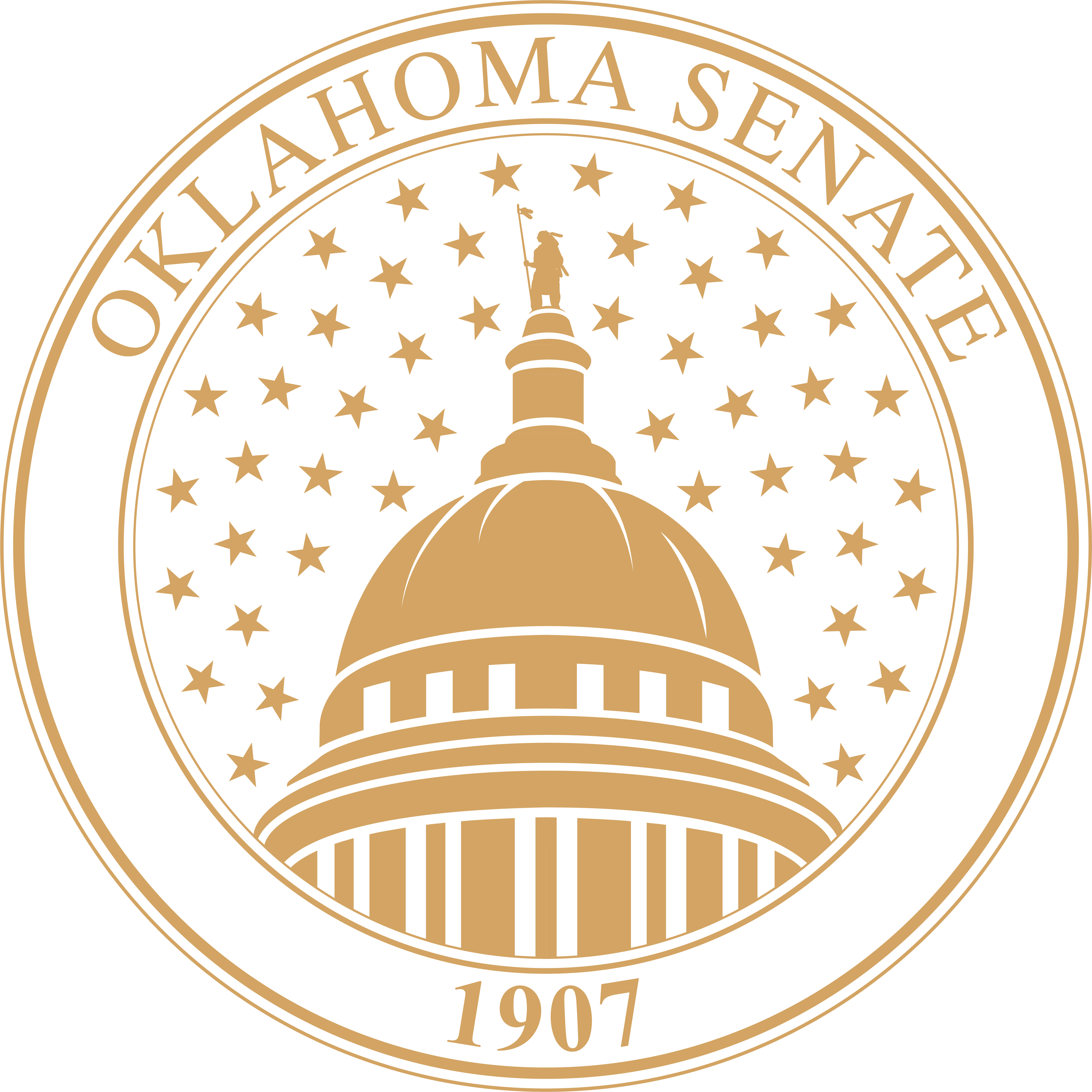Budget Break Down
For several months now, state revenues have been rolling in above the estimates, pointing to a bright economic future for Oklahoma. On Monday, the state Board of Equalization (BOE) verified the positive fiscal outlook by certifying their preliminary revenue estimate for Fiscal Year 2023. We will hit another historic high next year as they estimate the Legislature could have just over $10.3 billion to appropriate this coming session.
While this is wonderful news, it’s important that we proceed with caution and not spend all of these funds. Only about $9 billion of this total is from recurring revenue, while nearly $1.3 billion is one-time carryover funds and special cash from previous sessions. For this reason, I believe that we must not spend the full $10.3 billion, but instead further build up our state savings to protect us from future financial downturns.
Last year, you’ll remember we passed a historic $8.3 billion budget and put about $800 million into state savings, bringing our total savings to just over $1 billion. Because of increasing inflation, currently sitting at 6%, and the approximately $5 billion Oklahoma has received through the federal American Rescue Plan Act (ARPA) and last year’s CARES Act funding, we need to make sure we are prepared for future years. I’d like to get our state savings as close to $2.3 billion as possible, which is the amount needed in savings as we stress test our budget.
Given that our main source of revenue comes from the oil and gas industry, our economy is a cycle of mountain tops and valleys. In the last decade, our state has seen many valleys. We faced $2.7 billion in budget shortfalls my first three years in office – $600 million in 2015, $800 million in 2016 and $1.3 billion in 2017. The Legislature had to make some very difficult decisions. This past two years (FY’21-22) was another great example of the importance of saving. We had no idea that there would be a worldwide pandemic that would have such a strong impact on our national and state economy. Fortunately, unlike many other states, we had over $1 billion in savings that allowed us to absorb the financial blow, protecting our state agencies and helping our state economy recover much faster than many others.
Now we find ourselves on the mountain top, but the valley will come. My job as appropriations chairman is not to just look at next year but to look at what’s best financially for Oklahoma 5, 10, 20 years down the road. We need to continue being fiscally conservative, which calls for passing a mostly flat budget. This means most state agencies would receive the same amount in FY’23 as they did this fiscal year, which was an average 7% increase over their budgets from last year.
Our national economy is still reeling from the pandemic; and it’d be in our best interests, if we paused one more year to see how everything is going to play out.
We have approximately 60 state agencies that provide thousands of government services for the citizens of Oklahoma. We have learned from our state history and will work to always be good stewards of taxpayers’ money, protecting Oklahoma’s families, the business community, and our vital government services.
The BOE will meet again in February to certify the official revenue amount we will use to craft the FY’23 budget. All economic indicators show that revenues should continue increasing in the coming months, and we hope that proves true.
-END-
For more information, contact: Sen. Thompson: (405) 521-5588 or Roger.Thompson@oksenate.gov
 Oklahoma Senate
Oklahoma Senate

